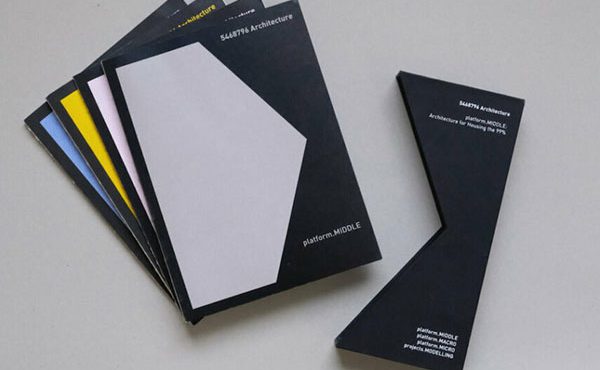I first moved into my current home around this time of year, in early August. I’d moved from downtown to a greener, more residential area, and when we sat outside on our first evening in the new place, we were astonished by the loud chorus of the cicadas, something I hadn’t really experienced living near the centre of the city. That sound now always brings back happy memories of a new home.
The sound of cicadas isn’t unpleasant – in fact, it’s rather hypnotic – but however pleasant, it’s certainly more noise than music. And noises can be good or bad – depending not just on some absolute characteristic, but on our taste, our associations, and even on the circumstances and time of day. In August, the evening sound of cicadas blends in with any number of other noises in the city – traffic, airplanes and helicopters, air conditioners and heat pumps, construction both public and private, children playing, birds chirping and animals chittering, conversations and music on patios, balconies, porches, and decks, and so on.
Sound is both inevitable and necessary in the city – we live close together, and we need to build and maintain buildings and infrastructure, to socialize, to get around. But at a certain point sound can also become disturbing, interfering with concentration, work, leisure, and sleep, all also necessary for living.
Sound is also inevitably public. In open spaces, noises travel easily, invisibly and inescapably pervading our experience when we go outside. So noise fits right into Spacing’s mandate to explore Toronto’s public realm. And the theme coincides with the City of Toronto updating its noise bylaws this year.
In this issue (number 67), we look a both the good and the bad of public sound. We hear from people seeking to reduce noise, and people seeking to create opportunities to make music. We look at the rules for managing noise, and how sound can bring joy or be misused. We discover that Toronto has been trying to figure out how to deal with noise ever since it grew into a significant city. In an accompanying online piece, Sarah Hood explains the meanings of a much older non-human sound that pervades the city, that of birds.
Like soundwaves, our theme spills out from our cover section. In the front of the issue, Sean Marshall has mapped the levels of noise complaints across the city. And at the back, Shawn Micallef’s column reveals how the urban observer can explore the city without moving, by following sounds as they drift by.
The rest of the front section moves from the ethereal to the more material. Christine Estima looks at a new technique for supporting urban trees, while Steven Evans documents the clearcutting of trees in the Don Valley for transit construction. Michael McLelland shows how Toronto was introducing elegant Georgian city planning almost two centuries ago, not long after it was first being developed in London and Edinburgh, while Josh Sherman looks at how an elegant ancient game is infiltrating Toronto parks.
Our noise theme completes a set of sorts – four issues exploring the ancient concept of the four elements: earth (“Growth,” issue 58), water (“Rain,” issue 59), fire (“Fire!,” issue 63), and now air. (All are available at the Spacing Store, by the way.) Speaking of back issues, we were very pleased to be nominated for a National Magazine Award for our landmark, super-sized 20th anniversary issue, even if we didn’t win. (It’s also available at the store!). It was a tribute to how a small magazine can still survive and thrive in the current challenging media landscape.
This issue is available at the Spacing Store at 401 Richmond St. W., and at fine book and magazine stores, as well as arriving soon in subscribers’ mailboxes.
Correction: in this issue, in the extract from the book Rhythms of Change – Reflections on the Regent Park Revitalization by Mitchell Cohen, an incorrect description of Mark Guslits was inserted into the first paragraph. The description does not appear in the book, and Guslits was at the time Chief Development Officer for the Toronto Community Housing Corporation.
Bonus quotation, from Somerset Maugham, Cakes and Ale:
“Don’t talk to me about the country. The doctor said I was to go there for six weeks last summer. It nearly killed me, I give you my word. The noise of it. All them birds singin’ all the time, and the cocks crowin’ and the cows mooin’. I couldn’t stick it. When you’ve lived all the years I ‘ave in peace and quietness you can’t get used to all that racket goin’ on all the time.”
A few doors away was the Vauxhall Bridge Road and down it trams were clanging, ringing their bells as they went, motor buses were lumbering along, taxis were tooting their horns. If Mrs. Hudson heard it, it was London she heard, and it soothed her as a mother’s crooning soothes a restless child.



